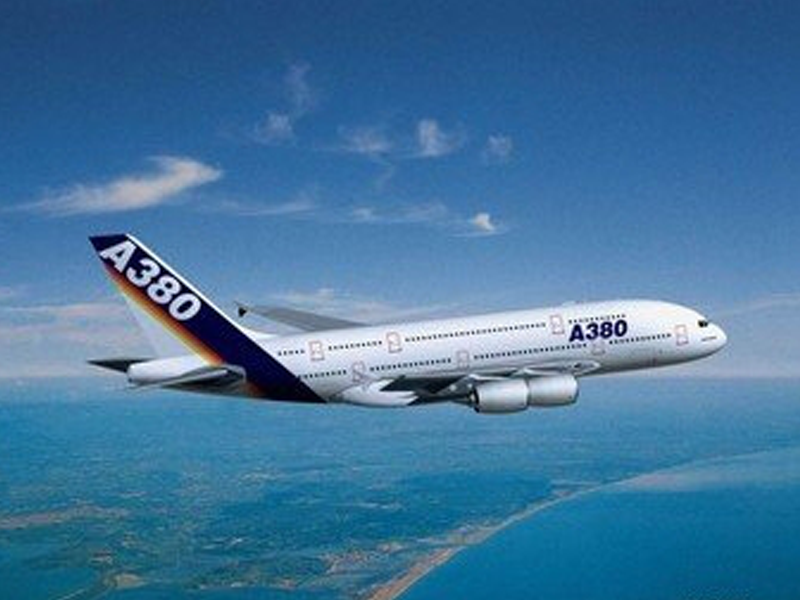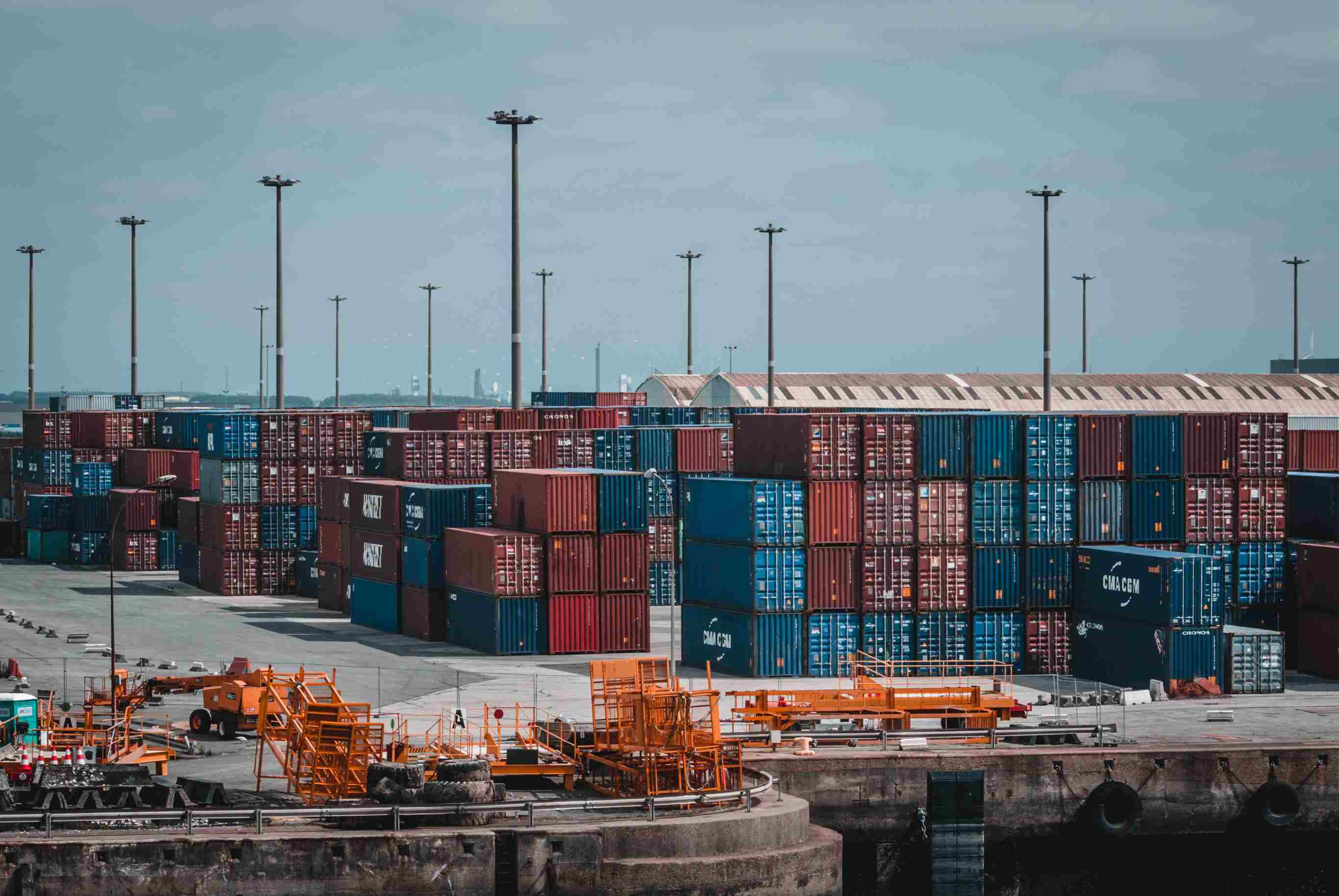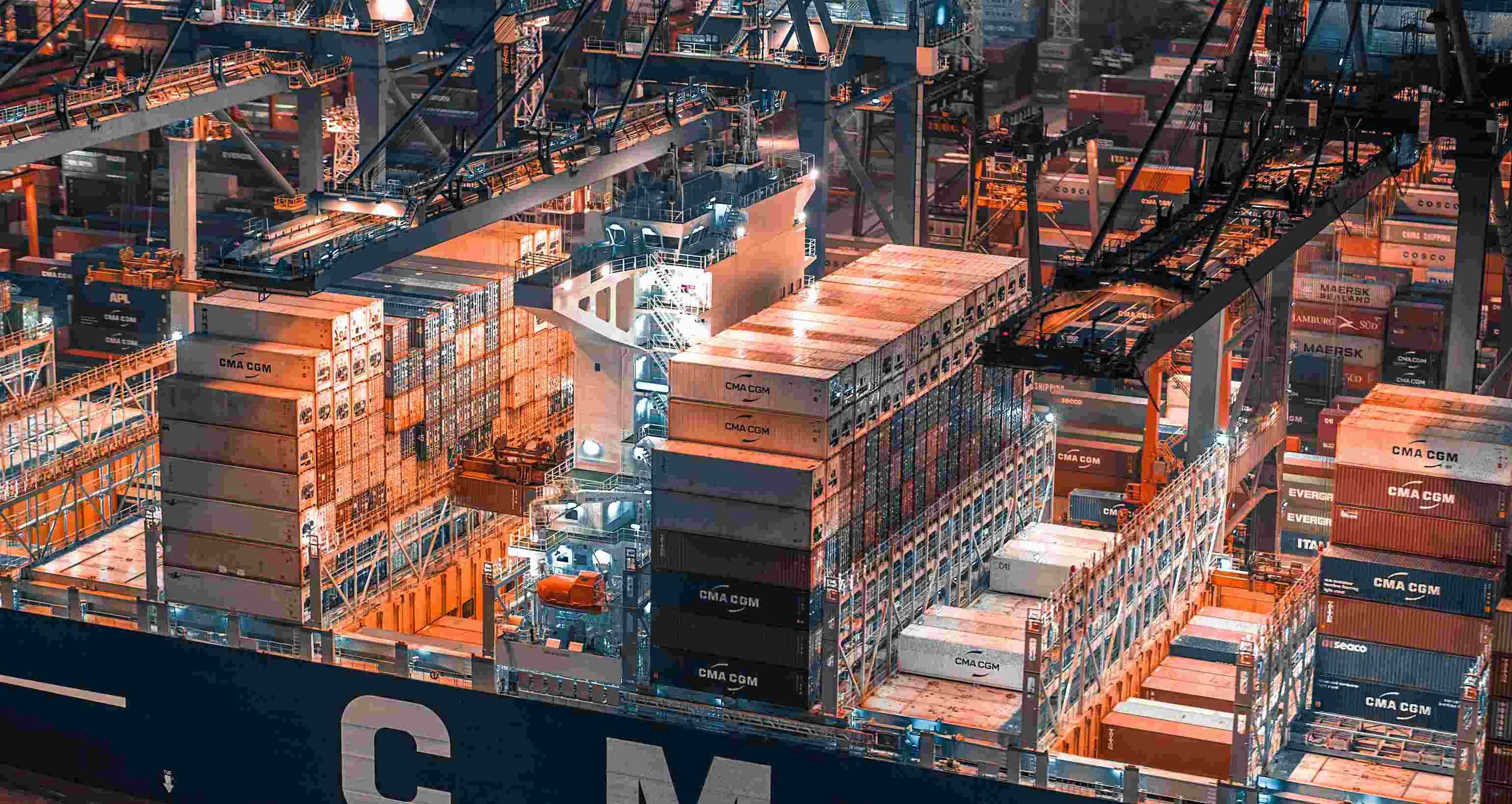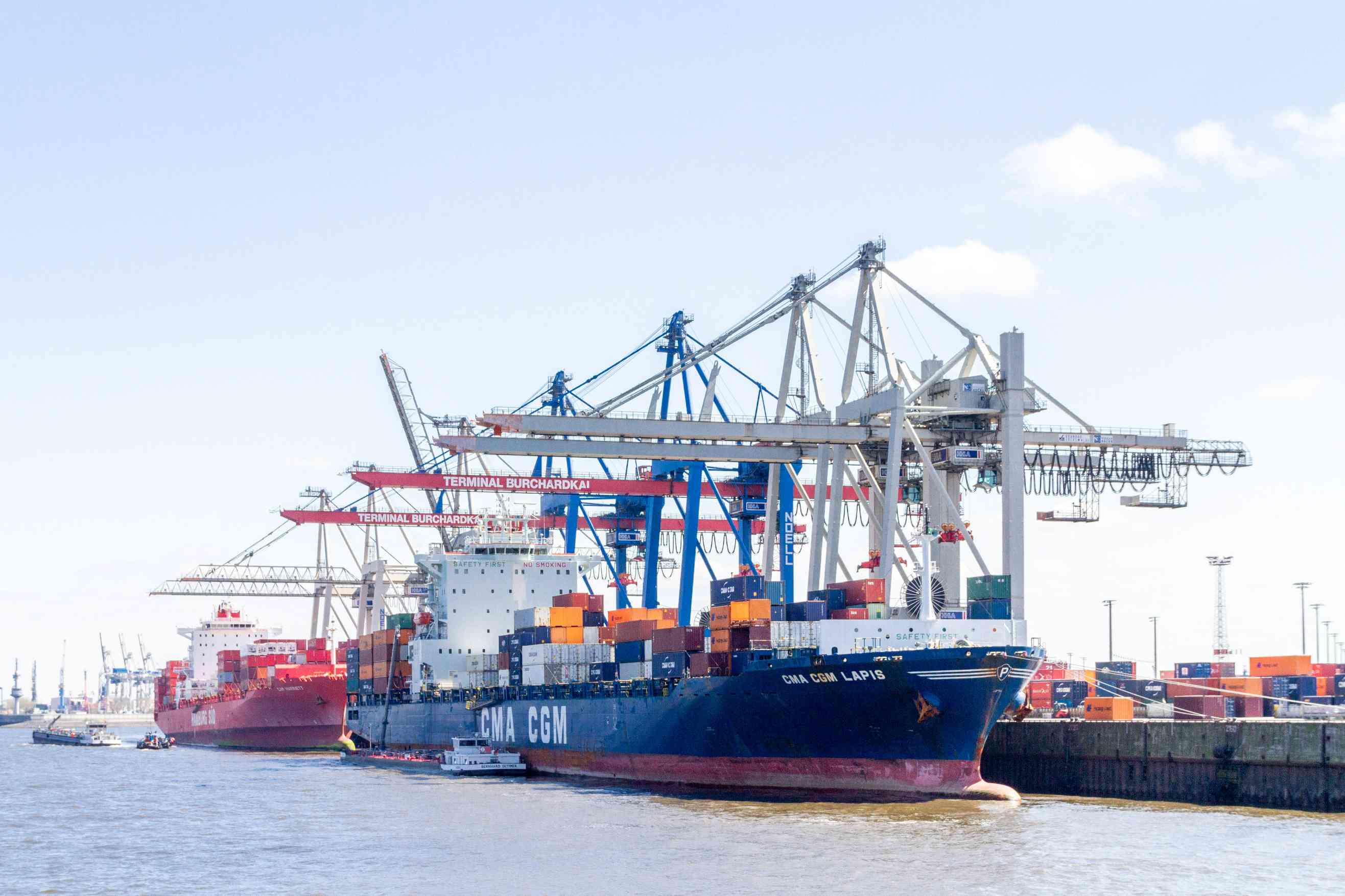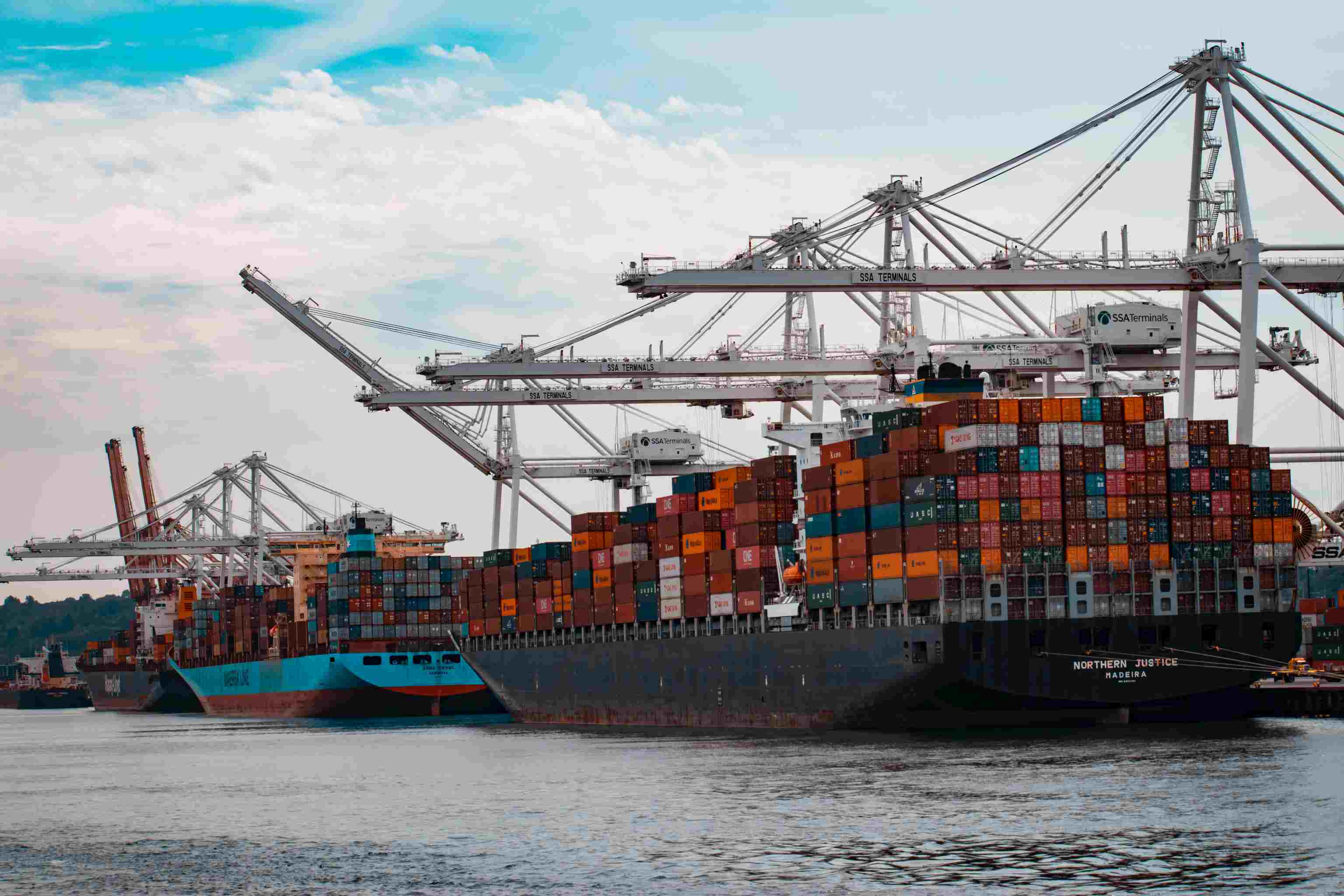In the intricate web of global trade, understanding the dynamics of air cargo rates from China is paramount for businesses operating in the supply chain. As businesses navigate the complexities of international commerce, air cargo remains a crucial element, facilitating
the swift movement of goods across borders. In this deep dive, we explore the various factors influencing air cargo rates from China and strategies to optimize costs in an ever-evolving market.
Factors Influencing Air Cargo Rates from China
Economic Factors
Exchange rates and currency fluctuations play a pivotal role in determining air cargo rates. Businesses must stay vigilant,
monitoring the foreign exchange market for any shifts that could impact transportation costs. Additionally, understanding China's economic policies and trade agreements provides insights into potential fluctuations in air cargo rates.
Transportation Costs
The price of fuel is a key determinant of air cargo rates.
Fluctuations in fuel prices directly influence operational costs for airlines and, subsequently, air freight rates. Furthermore, keeping an eye on infrastructure developments in China and the overall logistics efficiency aids in predicting and managing transportation costs.
Market Trends and Demand Dynamics
Shifts in Consumer Behavior
The rise of e-commerce has significantly influenced air cargo rates from China. As online shopping continues to soar, businesses must
adapt to the changing landscape of consumer behavior. By aligning shipping strategies with e-commerce trends, companies can better anticipate demand and manage air cargo costs effectively.
Seasonal Variations and Peak Shipping Periods
Understanding the seasonal variations and peak shipping periods is vital for businesses seeking to
optimize air cargo costs. Holiday seasons, for instance, often witness a surge in demand, impacting rates. Strategic planning and forecasting become imperative during these high-demand periods.
Navigating Regulatory Challenges
Compliance and Customs Regulations
Trade tariffs and regulatory changes can have a direct impact on air cargo rates. Businesses must stay informed about trade policies,
ensuring compliance to avoid unforeseen costs. Accurate documentation plays a crucial role in navigating customs regulations smoothly, contributing to overall operational efficiency.
Documentation and Administrative Processes
Streamlining administrative processes is essential for managing air cargo costs. Efficient documentation not only ensures compliance but also
reduces the risk of delays and associated expenses. Investing in robust systems and processes can contribute to a seamless cargo shipping experience.
Strategies for Managing and Optimizing Air Cargo Costs
Carrier Selection and Negotiation
Choosing the right airline or freight forwarder is a strategic decision that can
significantly impact air cargo rates. Evaluating different carriers, understanding their service levels, and negotiating favorable terms are essential steps in managing costs and ensuring reliable transportation.
Route Optimization and Mode of Transport
Optimizing shipping routes and balancing air freight with other transport modes can lead to substantial cost savings. Businesses should carefully analyze
the trade-off between speed and cost, considering alternative transportation methods for different segments of their supply chain.
Conclusion
In the dynamic landscape of international trade, a comprehensive understanding of air cargo rates from China is indispensable for businesses aiming to stay competitive. By delving into economic factors, market trends, regulatory challenges, and optimization strategies, companies can navigate the complexities of air cargo operations with finesse. Continuous monitoring of market dynamics and the implementation of strategic decision-making will be key to ensuring cost-effective and efficient air cargo shipments from China.
